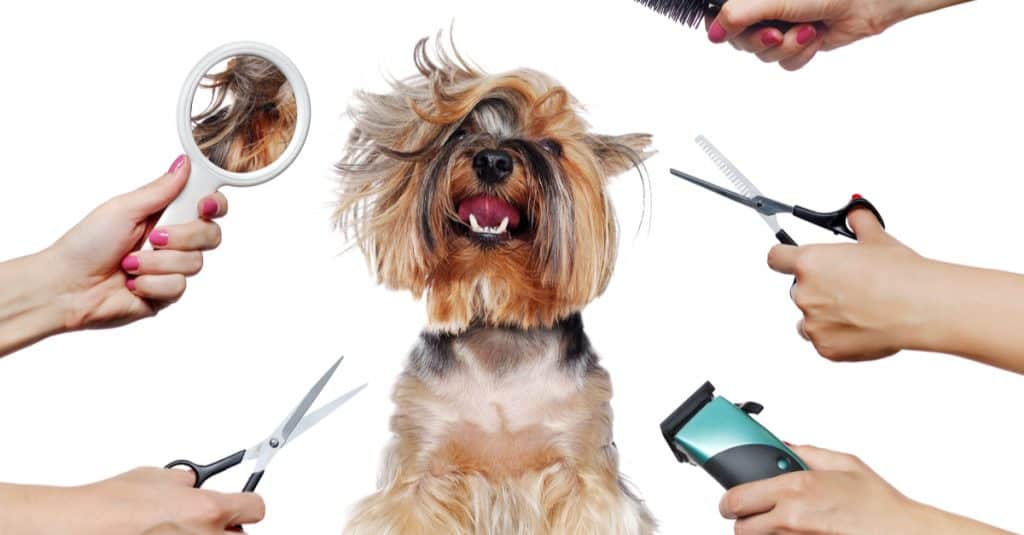Think about what your mom says when you tell her that you are eating Maggi!
“These packaged products are not good for your health kid!” — Right?
This or some other variation of these words conveying the same meaning that you should probably eat something that is fresh and healthy. Think about one more scenario, what does your mom say when you order something from Swiggy/Zomato? Nothing Much, right?
This is because we as humans tend to hate the packaged food because we are aware of the health issues that arise. A lot of studies have shown that processed food invites a lot of very dangerous health issues.
- A five-year study of over 100,000 people found that every 10 percent increase in consumption of ultra-processed food was associated with a 12 percent higher risk for cancer.
- Too much sugar, sodium, and fat. Heavily processed foods often include unhealthy levels of added sugar, sodium, and fat. These ingredients make the food taste better, but too many of them lead to serious health issues like obesity, heart disease, high blood pressure, and diabetes.
More or less the same goes for pets and animals. They are also living beings having pretty much similar health risks. But let’s keep the topic of the diseases caused by Kibbles and the nutrition provided for a different article.
We should first start by understanding what goes in when creating dog food. The meat that is used in dog food is usually not human consumable. All the parts of the animal flesh/body which are rejected for human-consumed products are the primary resources in these kibbles.
In the United States, under Food and Drug Administration regulations, only about 50 percent of a cow can be sold for human consumption. The hide, bones, digestive system, and its contents, brain, feces, udders, and various other undesirable parts are all leftover after a cow is slaughtered and butchered. The stuff that can’t even go into hotdogs gets consolidated and shipped to rendering plants. Slaughterhouses that handle pigs and chickens also send their leftovers to rendering plants. So do many other facilities that find themselves with large volumes of otherwise unusable dead animal parts, including animal shelters and veterinary clinics that euthanize a lot of animals (Yes you read it right!).
A rendering plant has a huge grinder that is filled up with whatever comes in. Some rendering plants are pickier than others, and some process ingredients in different batches to comply with state or local laws. But on the whole, most tend to dump in whatever they receive and start the grinder when it is full: parts from slaughterhouses, whole carcasses of diseased animals, cats and dogs from shelters, zoo animals, roadkill and expired meat from grocery store shelves (tossed in fully packaged, complete with plastic wrap and Styrofoam).
Many pet food manufacturers do say that they are not using rendered pets to make a cannibal of your dog. But how would they really know? There is no simple way to look at a shipment of meat and bone meal and tell exactly what species are in the mix. The protein percentage of a load of cats and dogs looks basically the same as a shipment of carcasses from a poultry farm. The rendering industry gets very vague about what is in meat and bone meal, even in otherwise highly technical documents.
When this all is happening in the States, how do you think the Indian Government regulates pet food?
The Government of India in late 2019 finally decided to bring animal feed under FSSA (Food Safety and Standards Act, 2006). It also insisted on BIS compliance for now. So while it has starting to look good for now, but do understand that this puts just a “few” restrictions on what ingredients are actually used in Kibbles and what process is followed while cooking these poison mixes. One more thing to keep in mind would be that the FSSAI is regulating human-grade packaged food for years now, and we still see irregularities from the food manufacturers.
If not Kibbles, what else?
There is a multitude of options available for you to choose from. You can visit a nutritionist to understand what can be the perfect diet plan for your pet and just order something on those lines from the local fresh pet food manufacturer. You can even go ahead and cook something for themselves. When you will select the raw materials for the things you feed your pet in the same way you choose for yourself, we are sure your furry friend will be happier and healthier than ever before.
We are sure that you consider your pet as your family member. You have them in your family photograph and introduce them to everyone. You might have also made an Instagram account for your pet, where you would be regularly posting their photographs so that all your friends know the whereabouts of your pet. Whenever you are feeding kibbles to your pets, do look into their eyes, and ask yourselves, “Is it really what I want to feed my pet?”.
Hope you will get the right answer.
Until next time…
Follow us on Twitter, Facebook, Instagram, and LinkedIn.
This blog can also be read on our medium channel.


